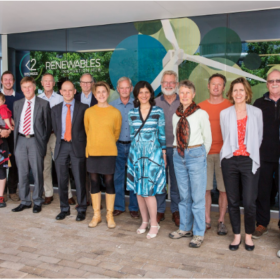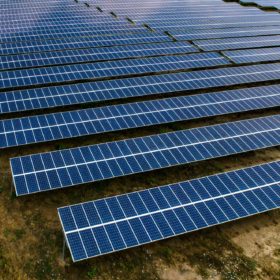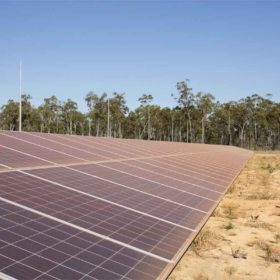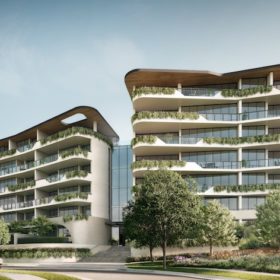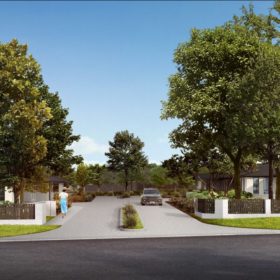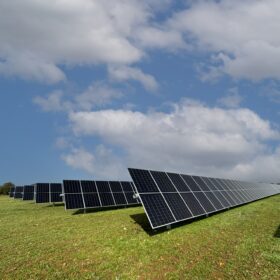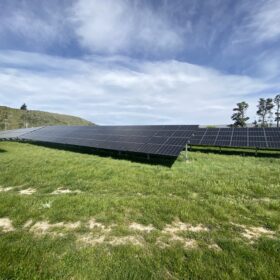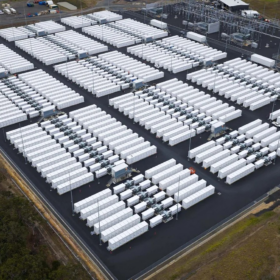Yackandandah’s community solar demonstrates the power of regional prosumers
With an electricity sector policy vacuum on a federal level, and grid constraints facing large scale PV project developers, there are ample reasons to be pessimistic about Australia’s solar-fueled energy transition. Indigo Power Co-founder Cam Klose says that many promising developments are rather taking place on the ‘distributed’ level and beyond the big cities – with Yackandandah leading the way.
Bunjil Energy aims for indigenous empowerment and the “complete decentralisation” of energy
Offgrid installations formed an early training ground for many veterans of Australia’s solar industry – often in particularly tough conditions. Bunjil Energy CEO and Co-founder Isaac Harrison shares this experience and is putting it to work to pursue his vision for Eco Solar Farms and empowering indigenous communities through PV.
Adelaide announces incentives for shared solar, V2G, demand response
The City of Adelaide is going big on technology for low-carbon living. It has announced a new round of incentives for solar, bidirectional EV charging infrastructure, energy storage and controlled load under its Sustainability Incentives Scheme.
Flagship megawatt-scale community solar farm achieves final funding to break ground in August
Canberra will soon be home to the biggest community-funded solar farm in Australia, thanks to final investment by CWP Renewables.
Victorian councils turn to solar for environmental upgrades, improved bottom lines
Mildura Rural City Council reports a milestone in helping businesses to upgrade their buildings with solar and become more energy efficient and sustainable, while Greater Shepparton sees great results from going solar.
NSW’s Byron Shire Council allocates funds for 5 MW PV array
The Byron Shire Council has committed $465,000 to get the planning, design and tender process underway.
Mirvac partners with startup Allume Energy for apartment, office solar sharing
Melbourne-based startup Allume Energy has been selected by Mirvac to provide solar sharing technology to publicly listed property developer Mirvac. The approach, Mirvac claims allows its commercial and residential apartment tenants to consume solar installed on multi-tenant buildings.
South-west Queensland councils go to town on municipal solar installations
Town halls, swimming pools, art galleries, libraries — local councils strive to offer residents a plethora of services that enrich community life, while keeping rates to a minimum. Maranoa Regional Council is one of a cluster of Queensland councils drawing on solar energy to help keep costs low, while fuelling fun in Australia’s sunny north.
CEFC to allocate up to $95 million for solar-powered, energy efficient homes in NSW
The Australian government’s green bank continues to invest in energy efficient homes for low income families with a new funding granted for solar and battery-powered dwellings in regional New South Wales.
Australia’s first solar to hydrogen-based microgrid gets nearly $1 million in federal funding
A grant of nearly $1 million has been announced for a 100% renewable energy project which will see the World Heritage-listed Daintree Rainforest reduce its reliance on diesel fuel to generate power.



